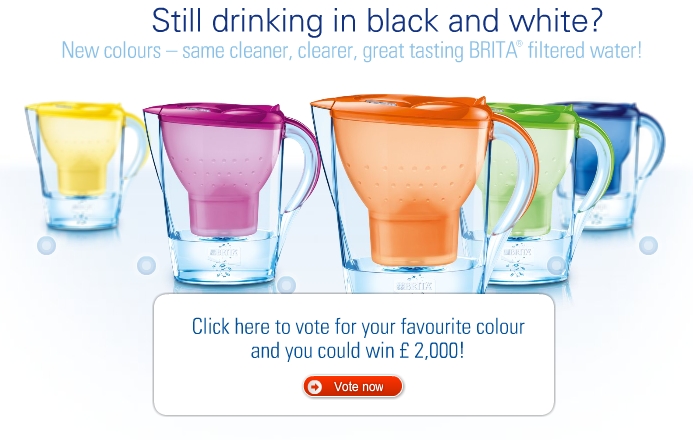Life's for sharing, TV channels aren't
617 words | ~3 min
Just seen the new T-Mobile giant participatory public-spacey follow-up-to-the-flash-dance-and-karaoke thing, which apparently ran across 80 TV channels simultaneously on Friday night.
To be honest, it's a bit like being hit by a truck.
Granted, it's impressive for sheer scale. The impact of it depends on knowing, as Campaign tells it, that:
An estimated 35,000 passengers coming through arrivals today [Wednesday 27th October] are being greeted by a crowd of around 300 people who are bursting into synchronised song and dance.
If you're there, aside from the minor coronary you might get from strangers running towards you shouting in a high-security environment like an airport, the effect is probably gobsmacking. (And yet, at the same time, probably a bit cringeworthy. One of the striking things about watching the spot is that you can feel people's embarrassment.)
For the rest of us, though, the impressiveness comes from being in on the secret (not that's it's a secret): believing that this is a form of highly-staged guerrilla improv - that not everybody on the screen knows what's going on. That, for all the slick editing, it's basically all real.
Because otherwise, really, it's just a big-budget ad. If all those people pulling their oh-my-goodness faces were performers too, it would lose both its charm and the sense that this was a massive event that took over a patch of the real world. We're asked to believe in the story behind the ad, in order for the ad to have maximum impact on us - the vast majority of people, who see the events on a screen, not in an airport.
But the media strategy kills that a bit for me. Putting it on 80 channels at once does not say, 'T-Mobile has made a moment of real-life magic so interesting and wonderful that you'll want to pass it on.' It says, 'T-Mobile has made an ad so massive that everything has to stop while you all sit back and appreciate it.'
Bang. Truck. Ouch.
I've grumbled a few times on this blog (I think) about the dark side to the kind of 'activation ads' that swept up the ad awards this year. Which is that, as well as obviously being great for their ability to generate empathetic delight (from viewers, for participants), they've become a vehicle for shock-and-awe advertising spending. Now that anybody can broadcast (cheers, YouTube), big activations are a handy new way to say 'I'm massive, you're tiny'. Can you build a giant treehouse? Can you bring the sun to some eskimos? Can you run through Heathrow singing at strangers without being shot? Thought not.
Oh, and can you block-book 80 TV channels at prime time? T-Mobile demonstrates that it is considerably richer than yow.
I'm deliberately over-reacting here, but I really don't like it. It's impressive, it's creatively very nice, but it feels bullying too, and precisely at a time when a lot of people are looking at their personal finances and have never felt smaller. It takes the feel-good edge off it for me.
Just think about what you could do with a 'Life's for Sharing' creative platform and a media budget of that size, in a country bracing for a huge contraction in civil society. Barclays, of all the brands, managed to come up with the London cycle sharing scheme. Imagine what T-Mobile, with huge resources and a nationwide mobile communications and data field, could make happen.
# Alex Steer (31/10/2010)
